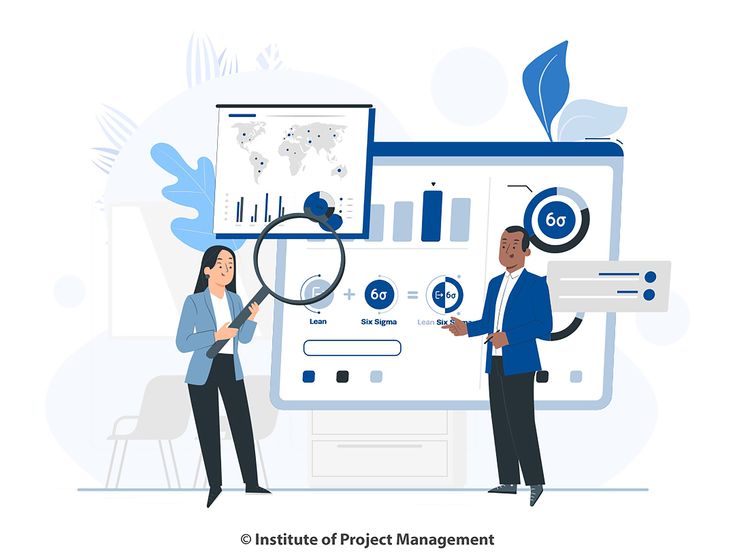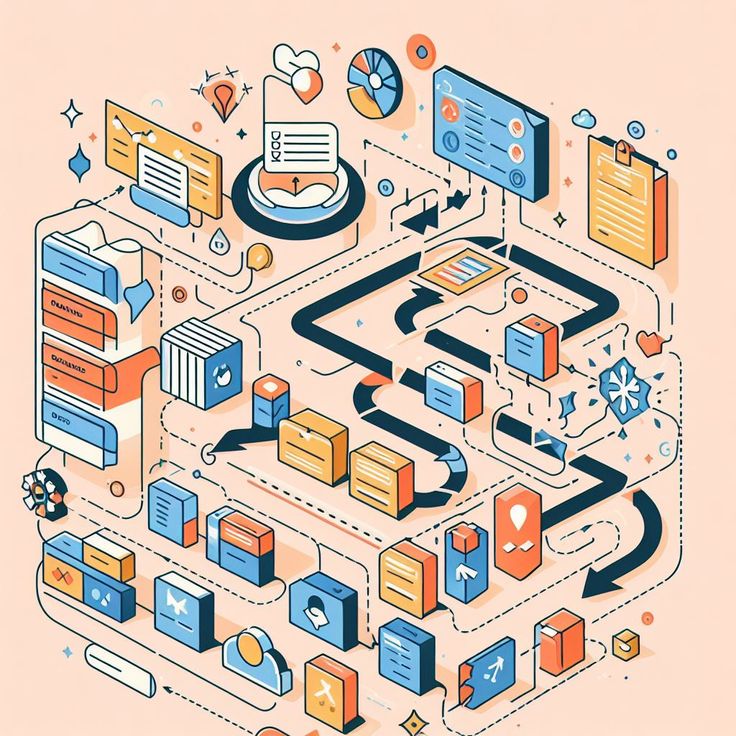Project management is a critical discipline that involves planning, organizing, and overseeing the execution of projects to achieve specific objectives within set constraints. Below are the key components and methodologies associated with project management:
Project Management Methodologies
-There are several widely used methodologies that guide how projects are managed –

1. Waterfall
- Structure: Linear and sequential; each phase must be completed before moving to the next.
- Best for: Projects with well-defined and stable requirements.
- Advantages: Easy to manage, clear milestones, predictable outcomes.
- Challenges: Lack of flexibility, difficult to accommodate changes during execution.
2. Agile
- Structure: Iterative and incremental; work is divided into small iterations (sprints), with regular reviews and feedback.
- Best for: Projects that require flexibility, especially in dynamic and fast-changing environments.
- Advantages: Highly flexible, quick adjustments, client-focused.
- Challenges: Less predictability, potential scope creep, requires continuous stakeholder involvement.


3. Scrum (Agile Framework)
- Structure: Agile framework focusing on short sprints (usually 2-4 weeks), with daily standup meetings.
- Best for: Complex, rapidly changing projects where requirements evolve frequently.
- Advantages: Focuses on collaboration and feedback, encourages team accountability.
- Challenges: Requires committed team members, may be challenging for larger projects
4. Lean Project Management
- Structure: Focuses on minimizing waste and maximizing value for customers.
- Best for: Projects where reducing costs, time, and resource waste is a priority.
- Advantages: Improved efficiency, reduced waste, cost-effectiveness.
- Challenges: Requires culture change and dedication, potential complexity in large projects.


5. PRINCE2 (Projects IN Controlled Environments)
- Structure: A process-based approach focusing on managing and controlling risks, quality, and scope.
- Best for: Large and complex projects requiring rigorous control.
- Advantages: Strong governance, structured approach, focuses on delivering specific outputs.
- Challenges: Can be bureaucratic and require more documentation.
6. Critical Path Method (CPM)
- Structure: Focuses on identifying the longest path of dependent activities (critical path) to ensure the project is completed on time.
- Best for: Projects where time is a major constraint and deadlines are critical.
- Advantages: Clear timeline management, helps prevent delays.
- Challenges: Can be complex for large projects with many interdependencies.

Project Management Tools
- Project Scheduling: Gantt charts, PERT diagrams.
- Collaboration Tools: Microsoft Teams, Slack, Zoom for team communication.
- Project Management Software:
- Trello: For simple task management with boards and lists.
- Asana: For tracking tasks, deadlines, and collaborations.
- Jira: Common in software development, used for tracking bugs and tasks.
- Monday.com: A versatile tool for visual project tracking.
- Microsoft Project: A powerful tool for detailed scheduling and resource management.

Key Project Management Concepts
- Scope Creep: Gradual changes or uncontrolled growth in a project’s scope.
- Critical Path: The longest sequence of tasks in a project, determining the minimum time required to complete the project.
- Milestones: Significant stages or checkpoints during the project lifecycle.
- Project Risk: Uncertainty that can affect project outcomes—can be positive (opportunity) or negative (threat).
Key Skills for Project Managers
- Leadership: Ability to guide, motivate, and direct the project team.
- Communication: Clear and effective communication with stakeholders, team members, and clients.
- Time Management: Organizing tasks and ensuring deadlines are met.
- Problem Solving: Identifying issues and finding practical solutions.
- Negotiation: Working with clients, stakeholders, and team members to reach agreements.
- Risk Management: Proactively identifying, assessing, and managing risks.
Conclusion
Project management involves not only following structured processes but also requires flexibility, leadership, and collaboration to ensure successful delivery. Whether using traditional methods like Waterfall or more adaptive frameworks like Agile, mastering project management techniques is key to delivering quality projects on time and within budget.

Subscribe to our newsletter!







Good